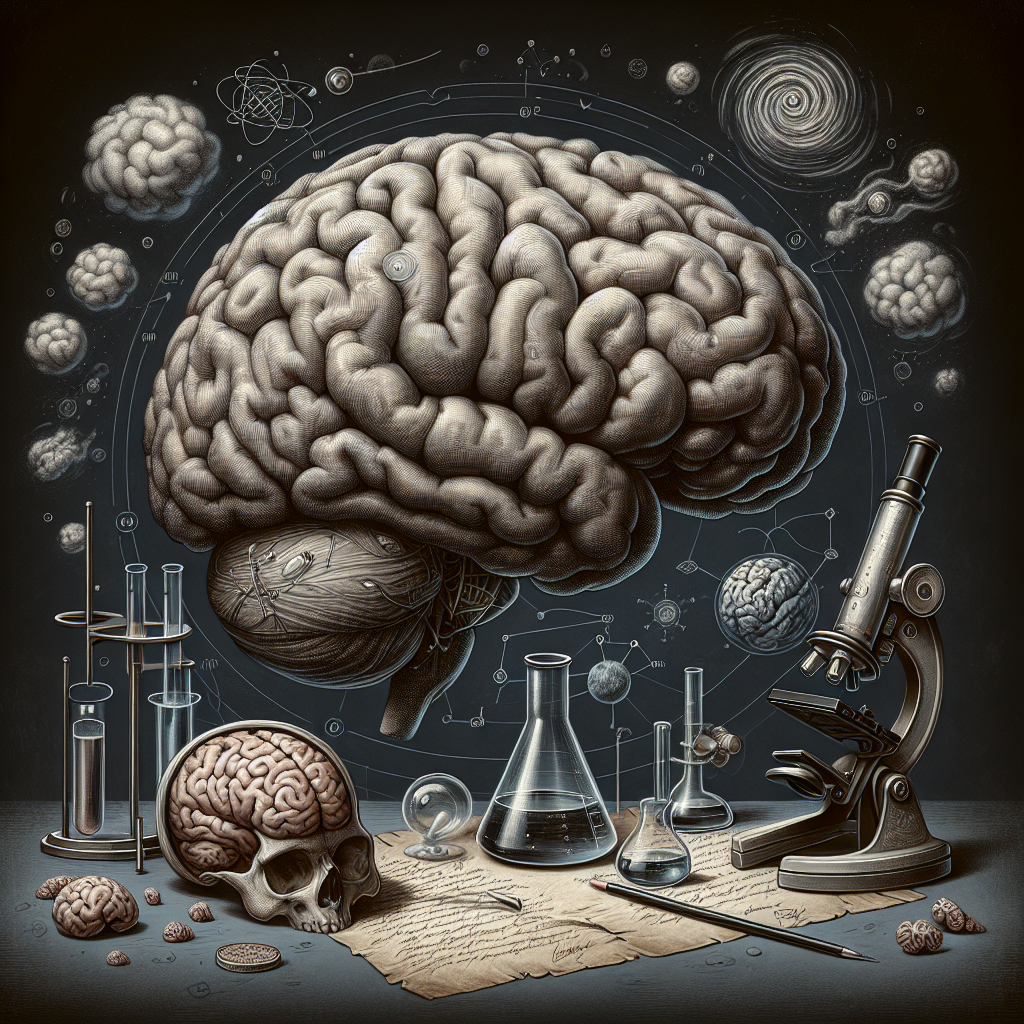Gray Matter: Unraveling the Science Behind Gray Matter in the Brain
Gray matter is a key component of the human brain, playing a crucial role in various cognitive functions. But what exactly is gray matter, and how does it contribute to our mental abilities?
Gray matter is a type of neural tissue that contains the cell bodies of neurons, as well as glial cells that support and nourish the neurons. It is found in the outer layer of the brain, known as the cerebral cortex, as well as in deeper structures such as the thalamus and basal ganglia.
One of the main functions of gray matter is to process information and generate thoughts, emotions, and behaviors. It is responsible for a wide range of cognitive functions, including memory, attention, language, and decision-making.
Research has shown that the volume of gray matter in certain areas of the brain is associated with specific cognitive abilities. For example, the hippocampus, a region of the brain involved in memory formation, has been found to have a larger volume of gray matter in individuals with better memory performance.
Furthermore, studies have shown that changes in gray matter volume can occur in response to various factors, such as age, stress, and disease. For example, aging is associated with a decrease in gray matter volume, particularly in regions involved in memory and executive function.
Neuroscientists are constantly unraveling the science behind gray matter and its role in brain function. Advances in neuroimaging techniques, such as magnetic resonance imaging (MRI), have allowed researchers to study the structure and function of gray matter in unprecedented detail.
Understanding the intricacies of gray matter is essential for developing treatments for neurological and psychiatric disorders. For example, abnormalities in gray matter volume have been linked to conditions such as Alzheimer’s disease, schizophrenia, and depression.
In conclusion, gray matter is a vital component of the human brain that plays a crucial role in various cognitive functions. By unraveling the science behind gray matter, researchers are gaining a better understanding of how the brain works and how it can be protected and treated in the face of neurological and psychiatric disorders.


